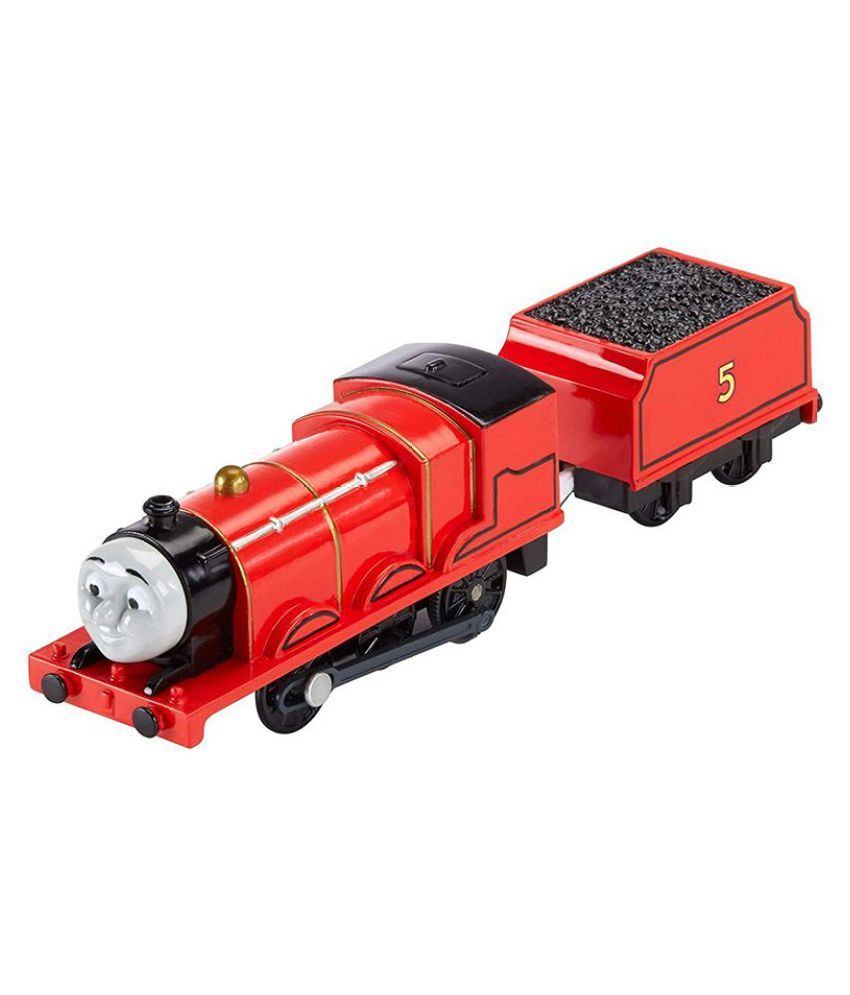

The line was opened throughout in October 1880, with No. A branch line to Ulfstead had also been planned, and this had to be dropped too.

They had to settle instead for a temporary terminus on cheaper land in the outskirts alongside the Arlesdale Road. Fortunately, there were no expensive civil engineering problems here, and the only casualty was the fine Central Station they had planned for the town. They economised by cutting down clearances to those which had been allowed on the Ffestiniog Railway, but even so, they had little money left for the last few miles to Peel Godred. Having cut two tunnels, it was found, inevitably, that their expenses far exceeded estimates and, with two more tunnels in prospect, money was running short. It necessitated the cutting of four tunnels, and it was here that the company's troubles began. He explained that this would allow ”labouring” locomotives to ease off and blow up steam, or alternatively to gain speed and therefore impetus before tackling the next climb ahead.Įdwin Spooner's survey and estimates were accepted. He advised that the actual length of the climb should be for 5 miles at an average of 1 in 100 and that it should be arranged in “steps” with level or nearly level stretches between them.
Sodor island 3d mising series#
Spooner of the Ffestiniog Railway was consulted, but as he was occupied with the North Wales Narrow Gauge Railway, the actual survey was undertaken by his son Edwin, who advised that the railway should climb in a series of loops, thus effectively increasing the distance between the two places to 6 miles, and reducing the gradient to manageable proportions. The site selected for the summit station at Ulfstead Road stood at 867ft above sea level, 264ft higher than Cas-ny-Hawin, though the two places are, as the crow flies, only 1½ miles apart. They were thus prudently in a position to earn revenue while the most difficult part of the line was under construction. A road coach link was provided from Peel Godred to Marthwaite pending the completion of the mountain section. There were four stations, Arlesdale, Marthwaite, Ffarquhar Road and Arlesburgh.

They bought up the tramway and relaid it to Board of Trade passenger-carrying standards, and opened it in 1874. The Peel Godred Committee approached the mining companies who saw advantages in the Peel Godred connection, and following a series of meetings at Ulfstead Castle chaired by John Arnold Norramby, Earl of Sodor, the Mid Sodor Railway Company was formed in 1872. Some six miles to the west, mine owners at Cas-ny-Hawin had combined with others in the Arle Valley to build a tramway to the port town of Arlesburgh. This, on the face of it, would have been simplest and cheapest, but it would have involved a junction somewhere with the S&M, and since that Company was then teetering on the verge of bankruptcy most felt that to embark on such a project would be the height of imprudence. By 1870, the people of Peel Godred had come to the conclusion that if they were ever to have a railway, they would have to build it themselves.Ī line southward down the valley was favoured at first. As the years passed, it seemed increasingly less likely that this project would ever be implemented. When it was first promoted, the Sodor and Mainland Railway had canvassed support from investors in the Peel Godred area with a promise to build them a branch from Cronk.


 0 kommentar(er)
0 kommentar(er)
